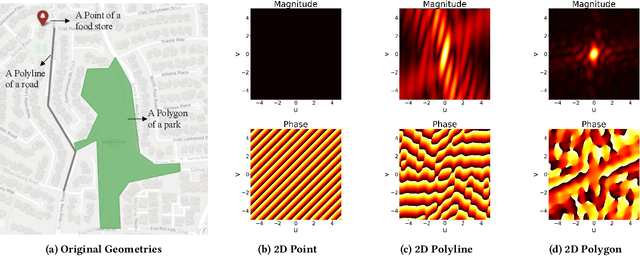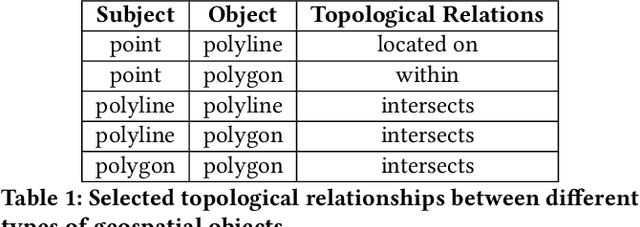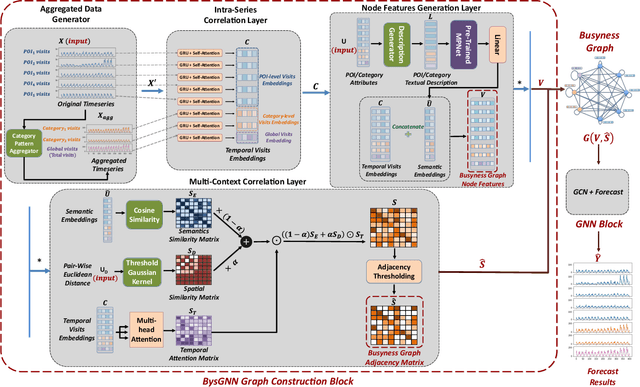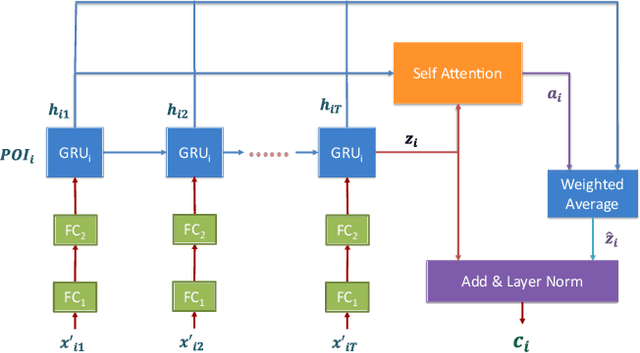Maria Despoina Siampou
WaveGNN: Modeling Irregular Multivariate Time Series for Accurate Predictions
Dec 14, 2024



Abstract:Accurately modeling and analyzing time series data is crucial for downstream applications across various fields, including healthcare, finance, astronomy, and epidemiology. However, real-world time series often exhibit irregularities such as misaligned timestamps, missing entries, and variable sampling rates, complicating their analysis. Existing approaches often rely on imputation, which can introduce biases. A few approaches that directly model irregularity tend to focus exclusively on either capturing intra-series patterns or inter-series relationships, missing the benefits of integrating both. To this end, we present WaveGNN, a novel framework designed to directly (i.e., no imputation) embed irregularly sampled multivariate time series data for accurate predictions. WaveGNN utilizes a Transformer-based encoder to capture intra-series patterns by directly encoding the temporal dynamics of each time series. To capture inter-series relationships, WaveGNN uses a dynamic graph neural network model, where each node represents a sensor, and the edges capture the long- and short-term relationships between them. Our experimental results on real-world healthcare datasets demonstrate that WaveGNN consistently outperforms existing state-of-the-art methods, with an average relative improvement of 14.7% in F1-score when compared to the second-best baseline in cases with extreme sparsity. Our ablation studies reveal that both intra-series and inter-series modeling significantly contribute to this notable improvement.
Poly2Vec: Polymorphic Encoding of Geospatial Objects for Spatial Reasoning with Deep Neural Networks
Aug 27, 2024



Abstract:Encoding geospatial data is crucial for enabling machine learning (ML) models to perform tasks that require spatial reasoning, such as identifying the topological relationships between two different geospatial objects. However, existing encoding methods are limited as they are typically customized to handle only specific types of spatial data, which impedes their applicability across different downstream tasks where multiple data types coexist. To address this, we introduce Poly2Vec, an encoding framework that unifies the modeling of different geospatial objects, including 2D points, polylines, and polygons, irrespective of the downstream task. We leverage the power of the 2D Fourier transform to encode useful spatial properties, such as shape and location, from geospatial objects into fixed-length vectors. These vectors are then inputted into neural network models for spatial reasoning tasks.This unified approach eliminates the need to develop and train separate models for each distinct spatial type. We evaluate Poly2Vec on both synthetic and real datasets of mixed geometry types and verify its consistent performance across several downstream spatial reasoning tasks.
Learning Dynamic Graphs from All Contextual Information for Accurate Point-of-Interest Visit Forecasting
Jun 28, 2023



Abstract:Forecasting the number of visits to Points-of-Interest (POI) in an urban area is critical for planning and decision-making for various application domains, from urban planning and transportation management to public health and social studies. Although this forecasting problem can be formulated as a multivariate time-series forecasting task, the current approaches cannot fully exploit the ever-changing multi-context correlations among POIs. Therefore, we propose Busyness Graph Neural Network (BysGNN), a temporal graph neural network designed to learn and uncover the underlying multi-context correlations between POIs for accurate visit forecasting. Unlike other approaches where only time-series data is used to learn a dynamic graph, BysGNN utilizes all contextual information and time-series data to learn an accurate dynamic graph representation. By incorporating all contextual, temporal, and spatial signals, we observe a significant improvement in our forecasting accuracy over state-of-the-art forecasting models in our experiments with real-world datasets across the United States.
 Add to Chrome
Add to Chrome Add to Firefox
Add to Firefox Add to Edge
Add to Edge